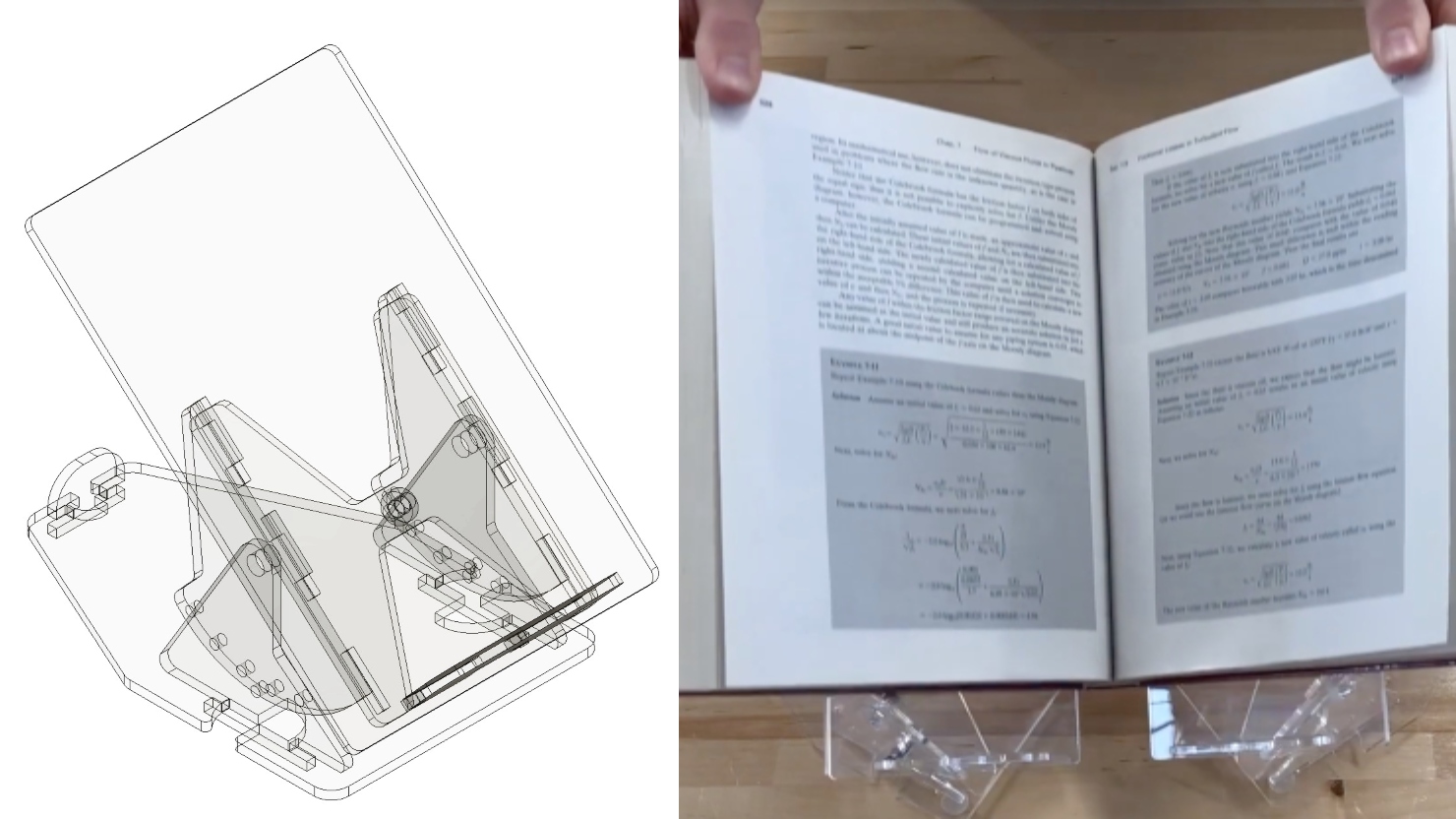
‘Embrace the Ditch,’ and Other Lessons Learned in Duke CEE’s Overture Engineering
Civil and environmental engineering students learn to design buildings within less-than-optimal parameters in a collaborative capstone course
We’re sorry, but that page was not found or has been archived. Please check the spelling of the page address or use the site search.
Still can’t find what you’re looking for? Contact our web team »
Read stories of how we’re teaching students to develop resilience, or check out all our recent news.

Civil and environmental engineering students learn to design buildings within less-than-optimal parameters in a collaborative capstone course

On a Star Wars-themed field of play, student teams deployed small robots they had constructed

Two projects from First-Year Design course are patent-pending. Student surveys suggest the course also fosters teamwork, leadership and communication skills.
Jan 14
Title: Automating Computational Materials Design with Explainable AI Abstract: High-throughput density functional theory (DFT) calculations have the capability to quickly screen thousands of materials to identify the top candidates for […]
12:00 pm – 12:00 pm Fitzpatrick Center Schiciano Auditorium Side A, room 1464
Jan 14
Join us for tea and snacks on the 3rd floor of Gross Hall! This is a great chance to meet colleagues in a casual environment. All Welcome!
2:30 pm – 2:30 pm Gross Hall, Ahmadieh Family Atrium, 3rd Floor
Jan 15
Methods for culturing intestinal organoids (IOs) in biologically relevant, but defined matrices are increasingly needed to expand and differentiate intestinal stem cells (ISCs), study organoid development and physiology, and to […]
12:00 pm – 12:00 pm Wilkinson Building, room 021 auditorium